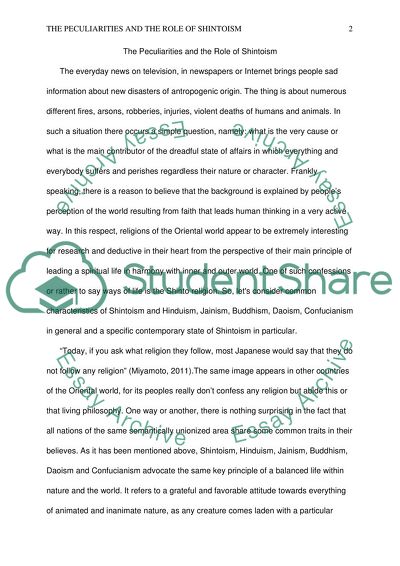Cite this document
(“Shinto Current Issues Essay Example | Topics and Well Written Essays - 1000 words”, n.d.)
Retrieved from https://studentshare.org/religion-and-theology/1698841-shinto-current-issues
Retrieved from https://studentshare.org/religion-and-theology/1698841-shinto-current-issues
(Shinto Current Issues Essay Example | Topics and Well Written Essays - 1000 Words)
https://studentshare.org/religion-and-theology/1698841-shinto-current-issues.
https://studentshare.org/religion-and-theology/1698841-shinto-current-issues.
“Shinto Current Issues Essay Example | Topics and Well Written Essays - 1000 Words”, n.d. https://studentshare.org/religion-and-theology/1698841-shinto-current-issues.


